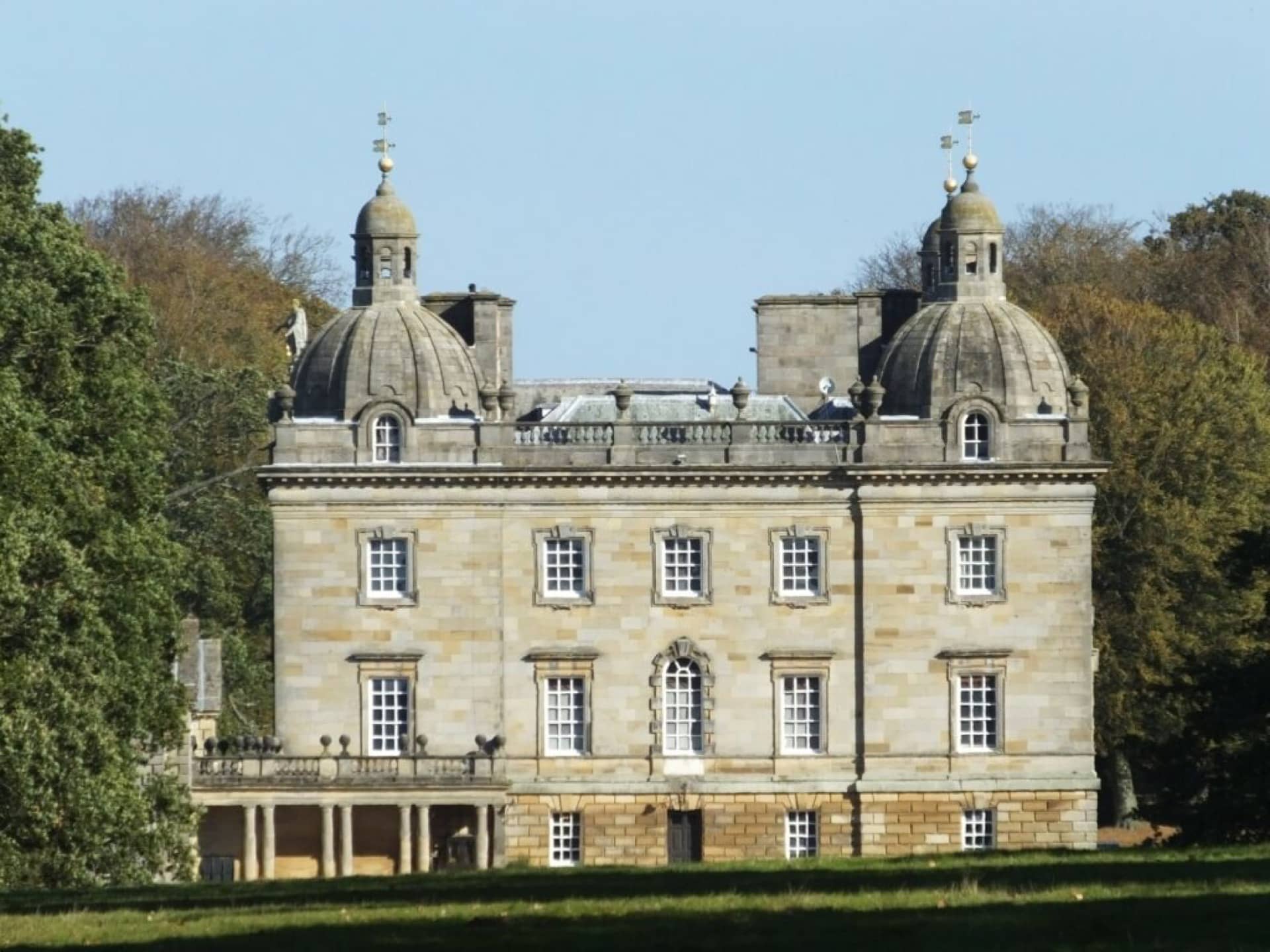Houghton Hall Circular Walk takes you from the south gate along paths edged by traditional hedgerows. The ancient Peddars Way takes you through farmland, past several well-preserved Bronze Age burial mounds before returning through woods and parkland.
When Britain’s first Prime Minister, Robert Walpole built Houghton Hall he was out to impress. Beginning construction in 1722 he even moved an entire village to give his new home more space. Today Houghton Hall is known as one of the finest Palladian houses in England and the village consists of two rows of pretty white cottages lining The Street on the approach to the south gate. On the gate you’ll see a plaque in memory of Arthur Snell, Herbert Ramm and Reginald Callaby, a gamekeeper and two farm labourers who died in the First World War. For generations the estate has been providing jobs for locals and some village residents still work there.
However, Walpole wasn’t the first to put his mark on the Norfolk landscape. You’ll walk through one of the most significant Bronze Age sites in Norfolk. The Houghton estate and surrounding countryside is peppered with prehistoric earthworks; Bronze Age burial mounds dating back 3300 to 3500 years.
Many aren’t immediately obvious and their sheer abundance only becomes clear when identified on maps. Some are simply islands of scrubby woodland, isolated in the middle of fields. Others stand proud of the surrounding ground, clearly man-made monuments to noble ancestors now passed into legend.





